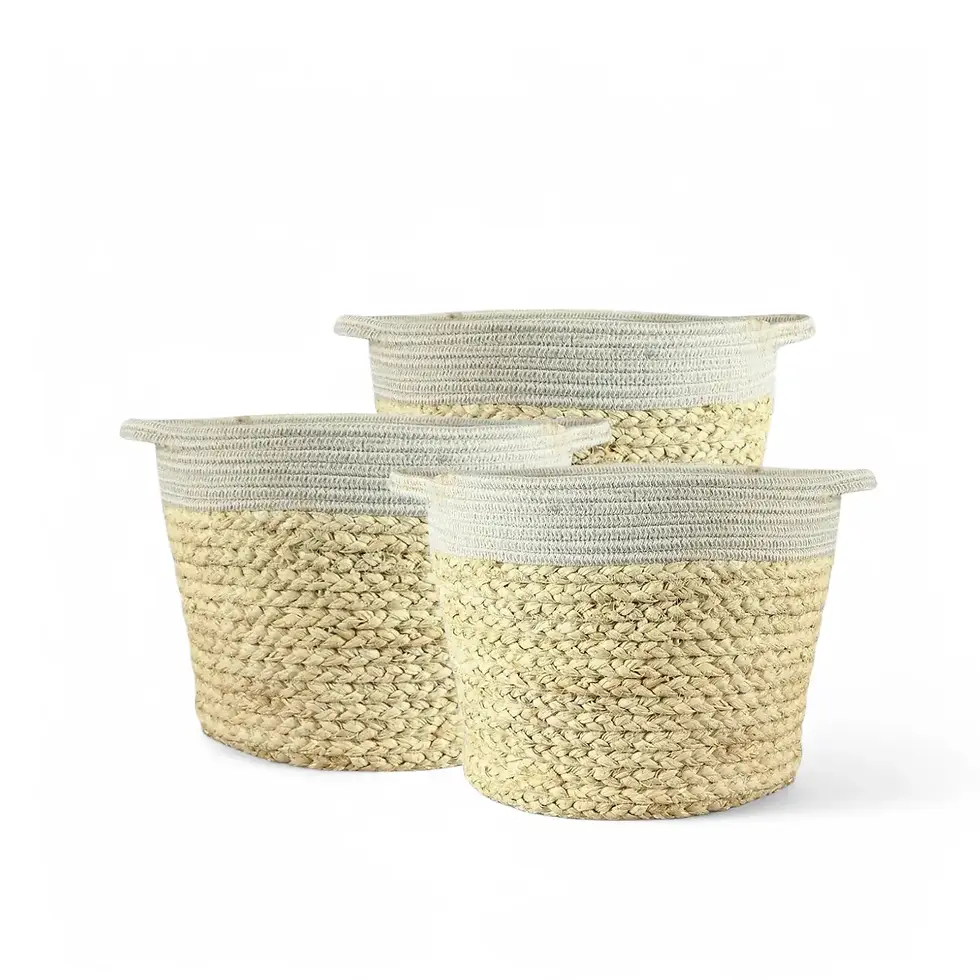Citrus × aurantium 'Canaliculata' - Comprehensive Growing Guide and Care Tips
Citrus × aurantium 'Canaliculata', also known as furrowed bitter orange, is a unique citrus variety with a history dating back to 16th-century Tuscany. Its deeply ribbed fruits, fragrant white flowers, and deep-green foliage make it an exceptional ornamental plant for indoor collections or Mediterranean-style gardens.
Key Features
- Distinctive Fruit: Ribbed, fluted bitter oranges set it apart from other varieties.
- Fragrant Blossoms: Large, white flowers bloom in spring, releasing a captivating citrus scent.
- Ornamental Value: Decorative fruits and lush foliage add elegance to any space.
- Reliable Fruiting: Consistently produces fruit under optimal conditions.
- Versatile Growth: Suitable for both indoor and outdoor cultivation.
Natural Habitat and Growth Information
Originally cultivated in Tuscany, this variety thrives in warm, temperate climates with mild winters and dry summers. Indoors, it reaches 1.5 to 2.5 meters with a compact, bushy habit.
- Growth Habit: Upright, making it ideal for container cultivation.
- Toxicity: Leaves and unripe fruit can be toxic if ingested in large quantities.
- Growth Rate: Moderate, with faster development under optimal lighting and nutrients.
Care Guide
- Placement: Bright, sunny location with good airflow.
- Light: Requires 6-8 hours of full sun daily for optimal flowering and fruiting.
- Watering: Keep soil consistently moist but allow the top layer to dry between waterings.
- Humidity: Prefers moderate to high humidity indoor growers may use a humidifier.
- Temperature: Ideal range: 15°C - 30°C protect from frost.
- Soil: Well-draining, slightly acidic to neutral citrus-specific mix.
- Repotting: Every 2-3 years to refresh soil and prevent root binding. Use terracotta or well-draining pots.
- Fertilizing: Apply citrus fertilizer every 4-6 weeks during the growing season, supplementing with micronutrients as needed.
- Propagation: Best propagated via grafting semi-hardwood cuttings are also possible.
- Hydroponics: Adaptable to hydroponic setups with proper nutrient solutions.
- Pruning: Prune after flowering to shape the plant, encourage branching, and remove weak growth.
Common Issues and Solutions
- Pests: Watch for aphids, spider mites, scale, and citrus leaf miners treat with neem oil, or use beneficial insects or insecticidal soap.
- Root Rot: Ensure proper drainage and avoid overwatering.
- Leaf Yellowing: Could indicate overwatering or nutrient deficiencies.
- Leaf Drop: Often caused by sudden temperature changes, overwatering, or drought stress.
- Browning Tips: Results from inconsistent watering or excess fertilizer buildup.
- Fungal Issues: Improve airflow and avoid overhead watering.
- Fruit Drop: Can be caused by environmental stress or poor pollination.
- Nutrient Deficiencies: Yellowing or curling leaves may indicate a lack of nitrogen, magnesium, or iron.
Additional Tips
- Replicate its natural Mediterranean conditions with proper sunlight, watering, and feeding.
- Apply organic compost or slow-release fertilizers for enhanced fruit production.
- Regular pruning improves airflow, reducing the risk of fungal diseases.
Historical and Botanical Insights
The genus Citrus comes from Latin, originally referring to citron (C. medica). 'Canaliculata' describes the deeply furrowed fruits, distinguishing it from other bitter orange cultivars.
Frequently Asked Questions
- Can I eat the fruit? The fruit is edible but extremely bitter, primarily used for ornamental purposes.
- How often should I fertilize? Every 4-6 weeks during the growing season with a citrus-specific fertilizer.
- Does it need heavy pruning? Minimal pruning is required, mainly for shaping and airflow.
Order Citrus × aurantium 'Canaliculata' Today!
Add a touch of historical elegance to your indoor or outdoor space with this stunning ornamental citrus variety. Order now!
Citrus × aurantium 'Canaliculata'
Citrus × aurantium 'Canaliculata' is approximately 80 cm tall and comes in a ⌀ 22 cm pot.

























































